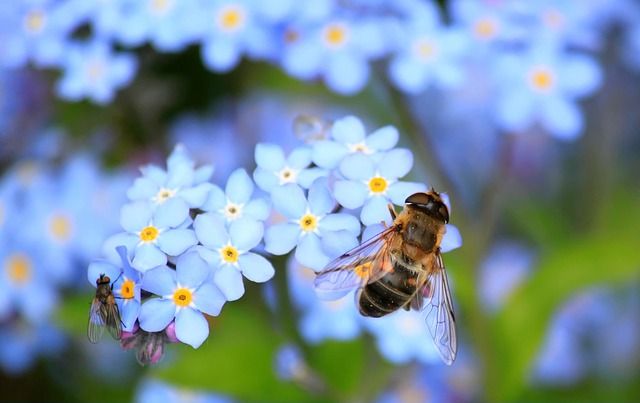Buzzing with History: The Sweet Story of Mayan Bees
Discover the fascinating world of Mayan bees, their importance to the ancient Mayan civilization, and their unique characteristics. Learn about the threats facing stingless bees today and the efforts underway to protect them.





